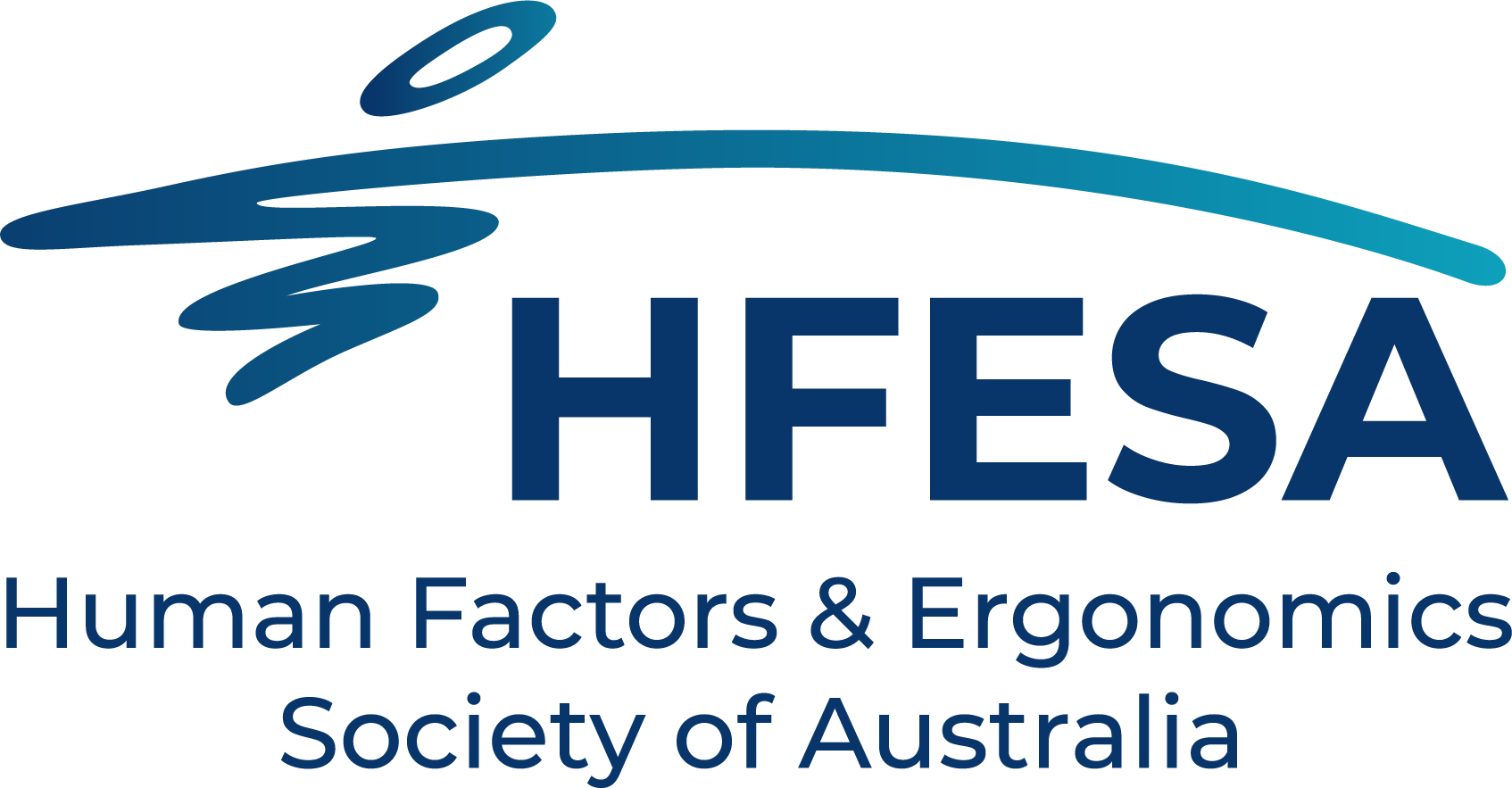Sharon Todd is chatting to Valerie O’Keeffe. Valerie has been a member of HFESA since 1992. She has taught HFE in universities in architecture, industrial design, healthcare, work health and safety and business management since 1997. She has worked as a Researcher in HFE since 2003.
Currently Valerie is working at Flinders University Tonsley campus (formerly the Mitsubishi automotive plant in southern Adelaide) exploring technology adoption in the manufacturing industry, with a focus on shipbuilding and its supply chain
The aim of their research is to promote technology adoption and willingness to use technology by increasing acceptance.
Manufacturing is a knowledge and technology intensive industry yet Australian manufacturing has been slow to adopt advanced (digital or Industry 4.0) technologies e.g., robotics, augmented and virtual reality, sensors, big data and analytics, artificial intelligence, autonomous vehicles, additive manufacturing (3D printing).
HFE is so important when working on technology adoption – it really requires a systems-focused, design-led and user-centric approach.
The work has to date has had three goals;
1. Promote willingness to use and adoption through exposing end-users to advanced technologies
2. Apply a HFE focus to learning from technology trials on generic but relevant use cases/applications to test feasibility for implementation e.g.
- precision measurement in pipe fitting/welding,
- digital work instructions for a range of inspection and assembly tasks (plumbing/electrical) using a variety of augmented reality technologies (smart phones, Google glasses 2D, Hololens and Realware augmented reality head-mounted displays)
- virtual reality and laser scanning to create digital twins
- remote inspection using autonomous robots (Spot the quadruped or dog robot)
- precision path tracing task using a cobot (collaborative robot)
3. Make systems-oriented recommendations to improve usability and integrate into business processes
HFE is valuable at three levels:
- Testing usability through engagement with user interfaces to successfully complete tasks (task level)
- Understanding and extrapolating to job design impacts and recommendations
- Making recommendations on cultural change and management strategies to facilitate successful adoption e.g. leadership, communication & participation, co-design of HR and operational policies and processes, work health and safety, productivity, quality – our work to date has focused on levels 1 and 2.
The team
The team work in multi-disciplinary team with robotics, mechanical and biomedical engineers. The HFE team have psychology, HFE, WHS and applied health sciences backgrounds.
The engineers operate the technologies, build the interfaces and we work together to design to design the tasks (using task analysis, observation, consultation). Measures include workload, usability, performance metrics -errors, performance times, productivity measures, risk ratings e.g. MSDs, physiological measures e.g. heart rate variability, perspiration rates and ratings of effort.
We have an interesting meta human factors process going on in bringing different cultures together – within the team and between a university and a large manufacturing/
This educational podcast is brought to you by the Human Factors and Ergonomic Society of Australia. If you like this podcast please make us your favourite on your podcast app.

